Astina Arena
Mazda’s compact sedan certainly stands out among the other mass market brands. The Japanese manufacturer has of-late been on a mission to “upmarket” their range, and the results are impressively promising, especially since Mazda is one of the smaller of the Japanese car companies.


The ubiquitous Japanese compact sedan was once the best selling vehicle here, and for good reason. SUVs were comparatively expensive, and engine and vehicle build technology then, would have meant that those cars were heavy, they guzzled and were rolly rolly around the turns. Buying a sedan on the other hand, meant that you were like everyone else… safe, practical, economical… the list goes on. But while sedans are less popular these days, since buyers are spoilt for choice, there are many brands which are still keen on fielding them in their vehicle lineup.
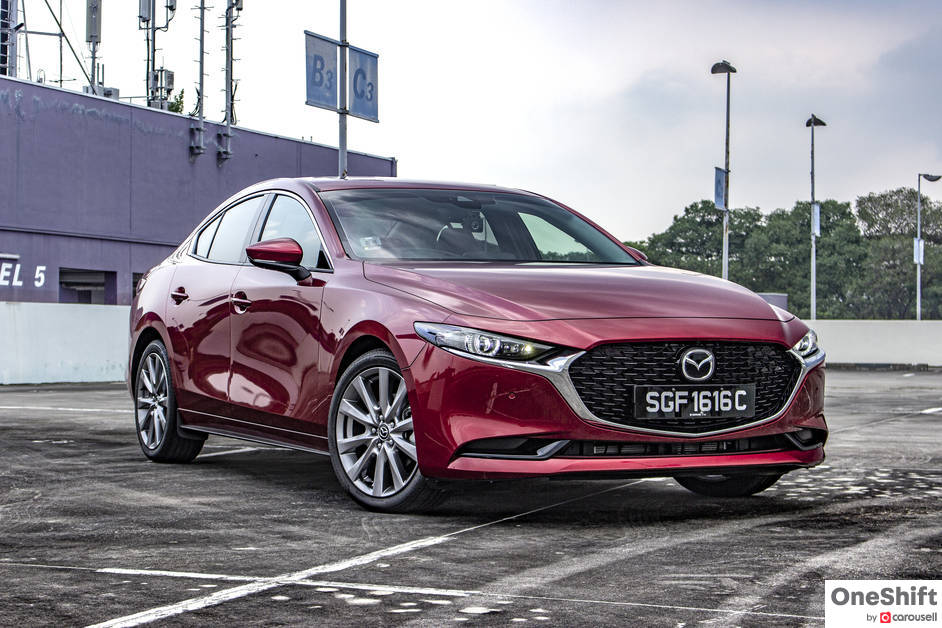
Mazda’s compact sedan certainly stands out among the other mass market brands. The Japanese manufacturer has of-late been on a mission to “upmarket” their range, and the results are impressively promising, especially since Mazda is one of the smaller of the Japanese car companies.
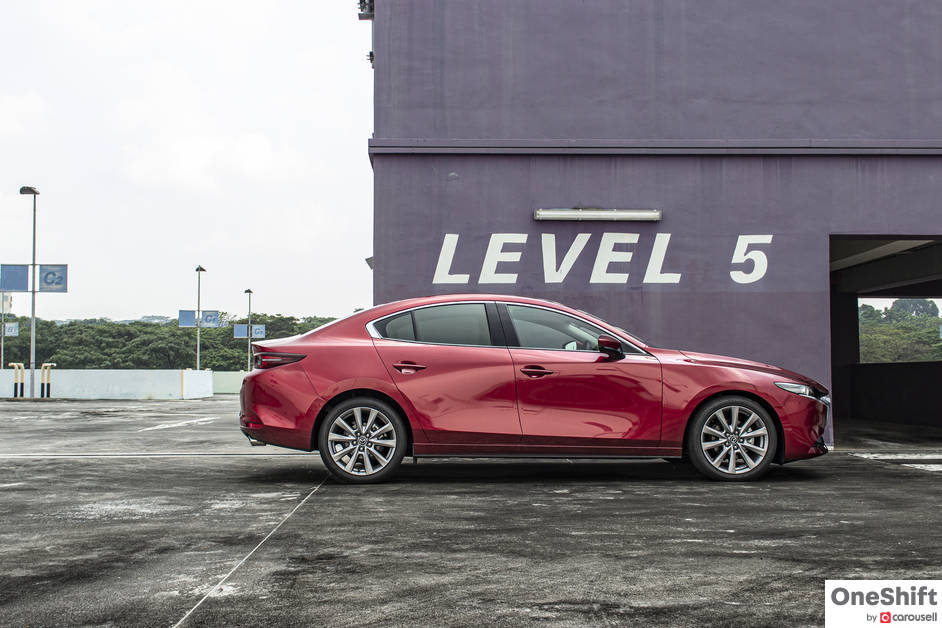
While new Mazda 3 Sedan carries on it their unmistakable “Kodo Soul of Motion” design language, the seventh-generation iteration adds a dose of stronger road presence than the car it replaces. A wide front grille together with long LED headlamps, and the omission of a separate fog lamp assembly, keeps the front end tidy. The side profile has also been cleaned up and where you might find creases made to “add definition”, Mazda has instead left a concave void in their sheetmetal; in-turn bringing more emphasis on the upper one-third of the bodywork.
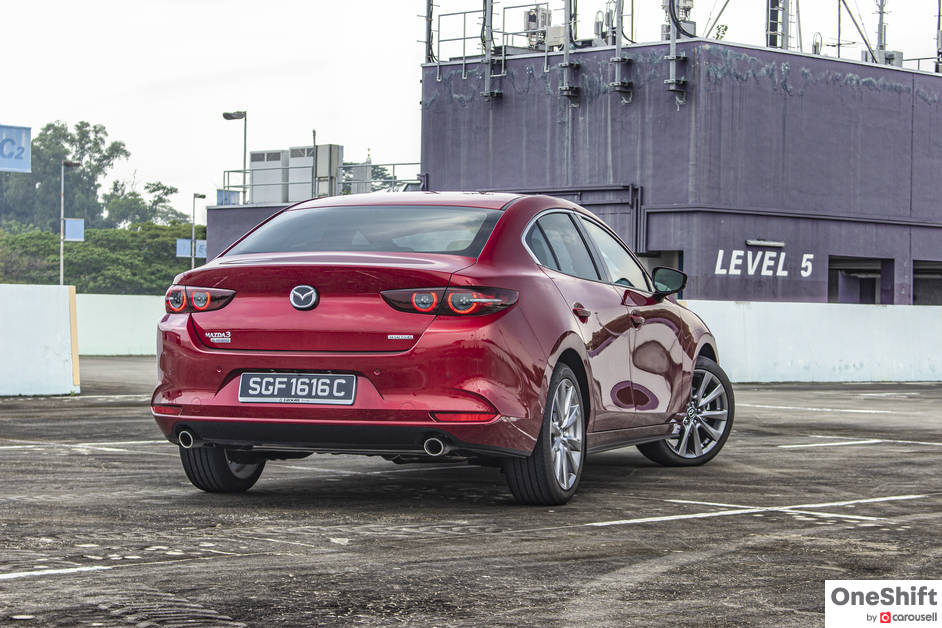
Compared to the hatchback we road tested recently, there is more sculpting going on at the rear end, making both their rears distinctively different. The sedan also features a slightly simpler tail lamp design, while black plastic dressy bits which ride up the rear end on the hatch, are almost non-existent.

Our test car’s Soul Red Crystal Metallic paint is a cost option; one of two special coats available form their 8-colour palette, which adds greater depth to the 3’s body shape.
I am quite a sucker for how a car is screwed together, and one of the key things which I always look out for, is how the door cards line up with the dash. I have entered a few different Mazda 3 cars of varying trim levels on different occasions, and have marvelled at how the double stitching on both door cards consistently matches up with the one on the dash. Just pause and think of how many variables can there be during production, which could upset the alignment, and you get what I mean.
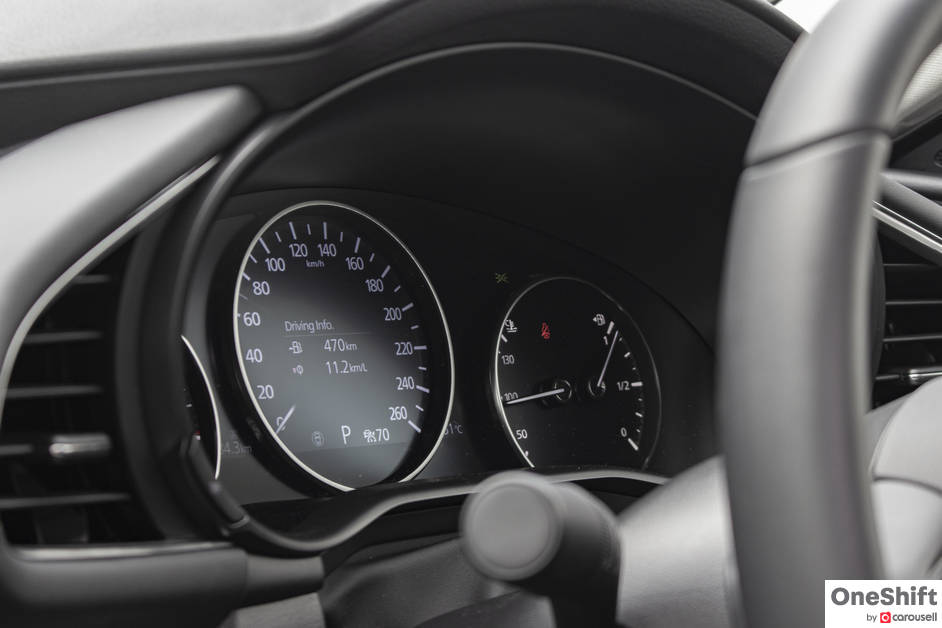
Materials used have a premium feel to them. The range-topping ‘Astina’ and mid-tier ‘Elegance’ models benefit from stitched leather steering wheels, while the base-spec ‘Classic’ sedan only model, is fitted with a vanilla moulded unit, which already feels decently good to hold.
Think of this as being obsessive, but there is plenty of thought put into interior touchpoints; like how the armrests and door cards, have a soft feel to them. Chrome effect surfaces are done to tasteful measure, while knobs and buttons have a buffered click to them when used.
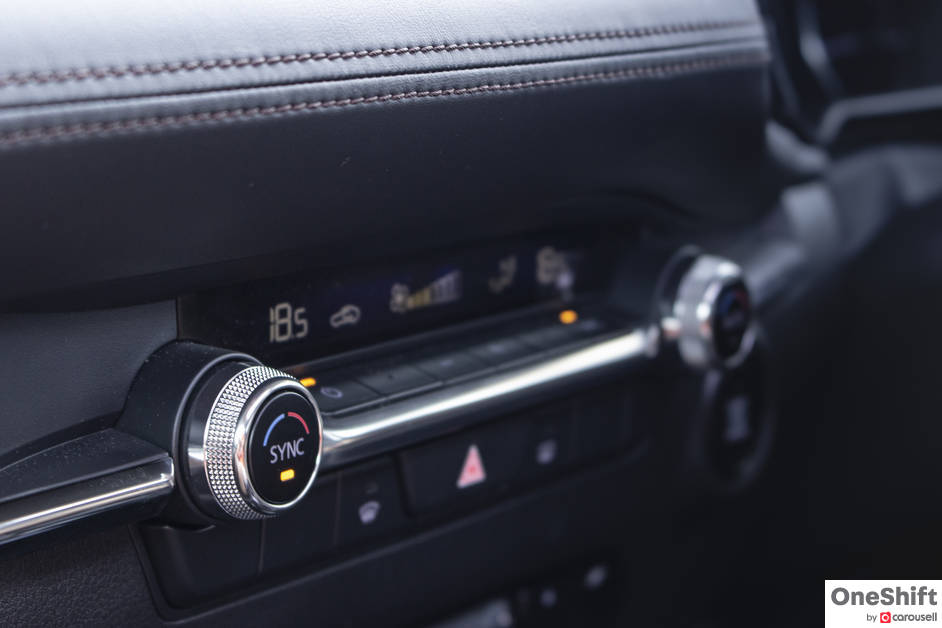
Mazda has also included a digital display for one of the three dials within the instrument cluster, and they have also included a windscreen-projected head-up display for easier reading of your road speed.
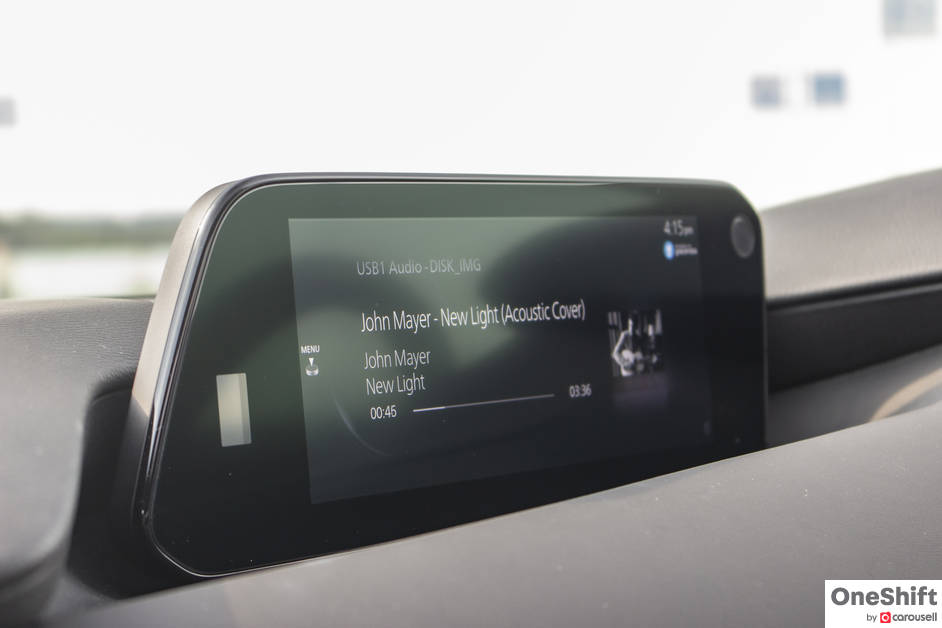
A new infotainment system, which is fronted by an 8.8” screen sits proud on the dashboard, and features a new and improved user interface, which is controlled by a jogwheel and a series of buttons located on the centre console. We however wish that a charging pad for charging QI-enabled mobile devices would be included in this already well-packaged car.
Astina trim cars also are equipped with a premium 12-speaker BOSE sound system. Mazda engineers worked with the audio manufacturer, to ensure best speaker placement, and they have gone through lengths to work out the best roof liner materials to be used.

The driver’s seat gets electric adjusters with two memory settings, while the front passenger seat makes do with a manual adjuster. When designing the 3, Mazda decided to move the front wheel wells a few inches forward, so that they do not intrude into the cabin, freeing up leg space; great especially for pedal placement.
The low rake of the windshield though, might be an issue for those who are a little taller, as you may bump your head upon entry.
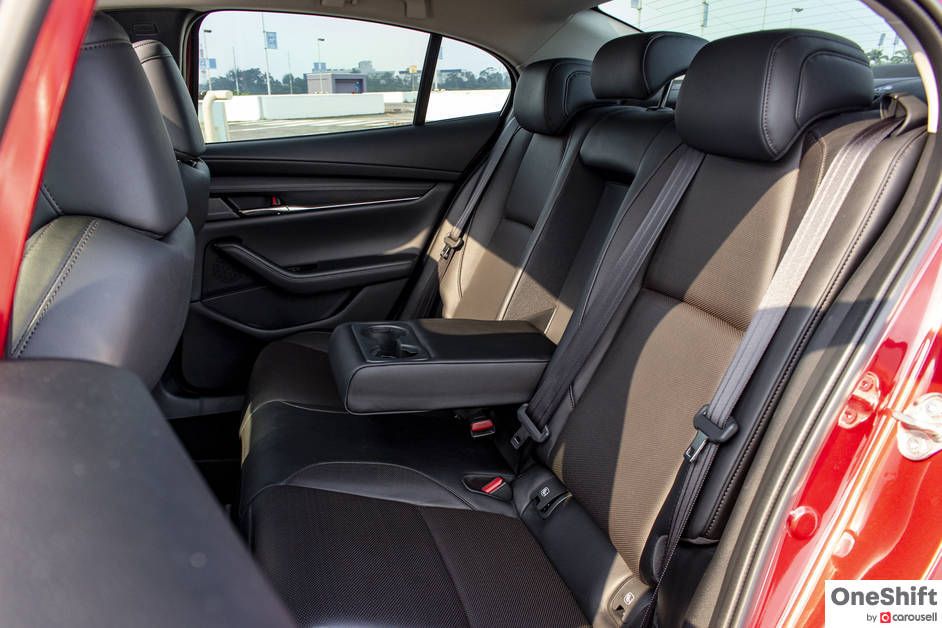
While the new car is larger, and does get a slight bump in its wheelbase, we wouldn’t say that rear accommodation has been massively improved on. There is however noticeably more legroom; toe wriggle room under the front seats, helps with ensuring comfortable accomodation for the average adult.
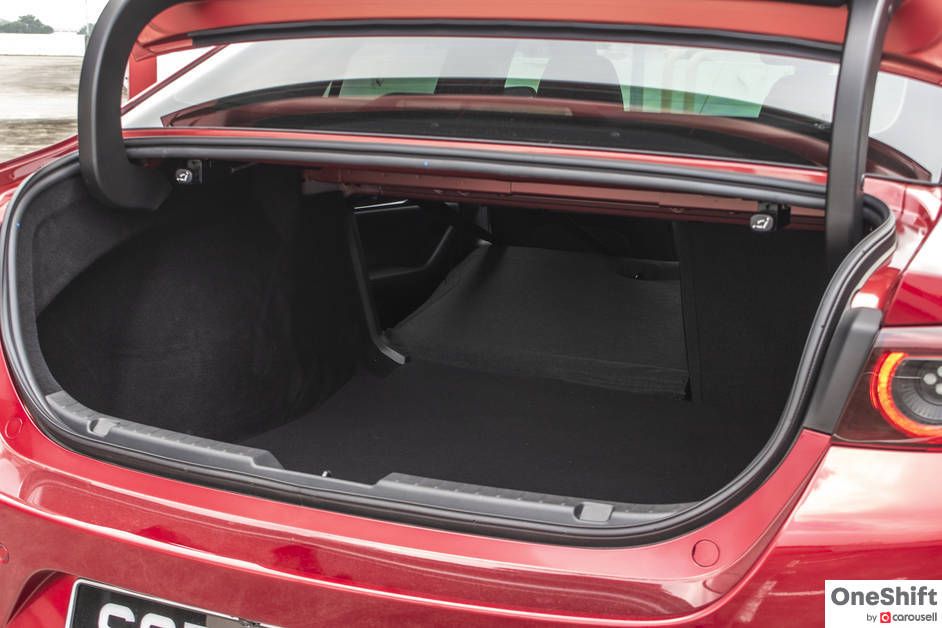
Cargo room at 444 litres is decent, though not even near the best in class. The Honda Civic in contrast accommodates up to 519 litres. The rear 60:40 style seats can be folded by way of two pull tabs located in the boot, increasing capacity to 859 litres.
The 3 is powered by a natural breathing 1.5 litre engine, which delivers 120hp and 153Nm, and is mated to a 6-speed automatic. Mazda’s new M-Hybrid drive system delivers a paltry 6.8hp to the drive, but more importantly, adds 48.5Nm, from 100rpm; the latter which is delivered through a belt-driven Integrated Starter Generator (ISG), provides crucial drive assistance, allowing the compact sedan to take off from the lights better than most average compact cars. The system works in tandem with the engine to reduce fuel consumption. Mazda claims that their sedan does a combined 18.2km/l, which is impressive. I managed 16.1km/l, and under a heavier foot, 11.2kml. The sedan clocks 100km/h in 11.9 seconds, a little quicker than the hatchback’s 12.1 seconds, due to the sedan being the lighter car.
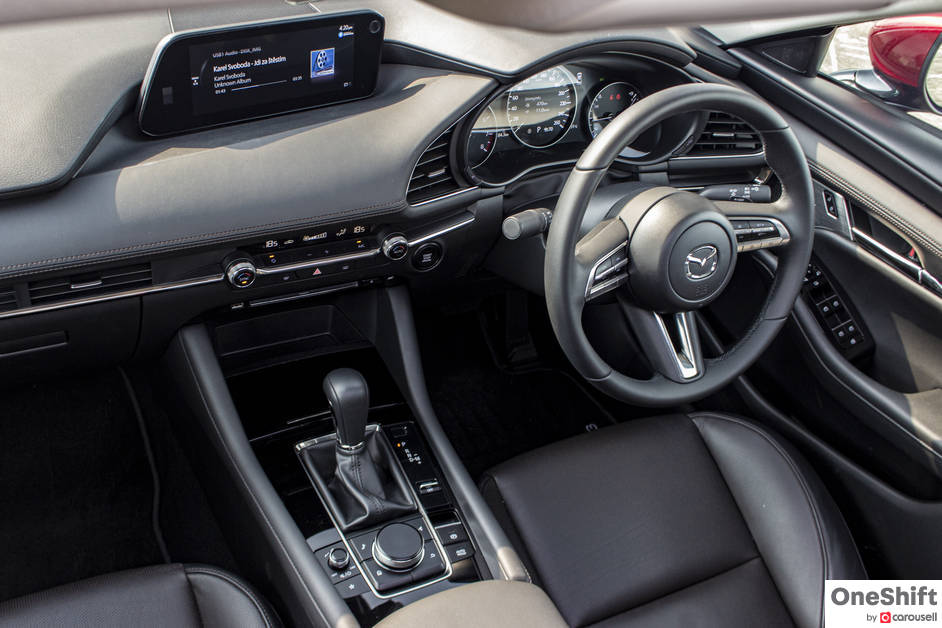
The 3 utilises a conventional Macpherson Strut front end, and while the previous 3 models utilised a more complex multi-link rear, engineers have decided to go with a torsion bar setup this time. Even with the simpler rear suspension, the 3 however corners with confidence. Part of this is thanks to Mazda’s G-Vectoring Control Plus (GVC Plus), which cleverly tweaks engine torque just that little and works the brakes on individual wheels, to improve grip and stability. Ease on the brakes and you will also note that the 3 does not dive as much as most cars in its class. All of these features contribute to improved ride quality.
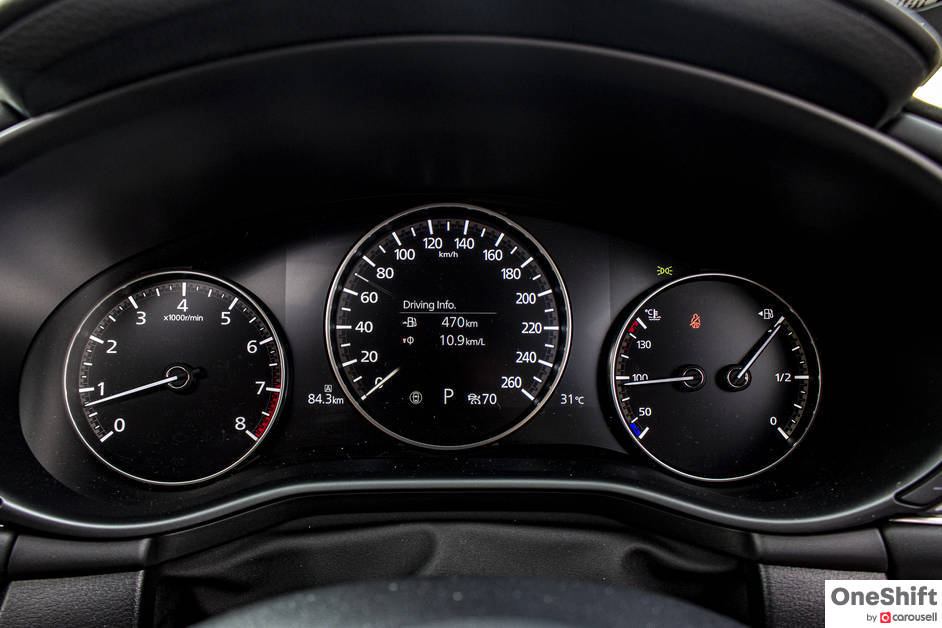
Acoustics has also been part of their focus, and apart from the earlier-mentioned roof liner, an innovative “two-wall” structure which leaves a gap between the body and the carpeting, reduces the amount of external noise from being transmitted into the cabin; making it truly a pleasant place to be in.
Features like Distance & Speed Alert (DSA) and Smart Brake Support (SBS), which warn and react in the case of an emergency; and also forms part of the Cruising & Traffic Support (CTS) functions. The latter is also able to work around bends.
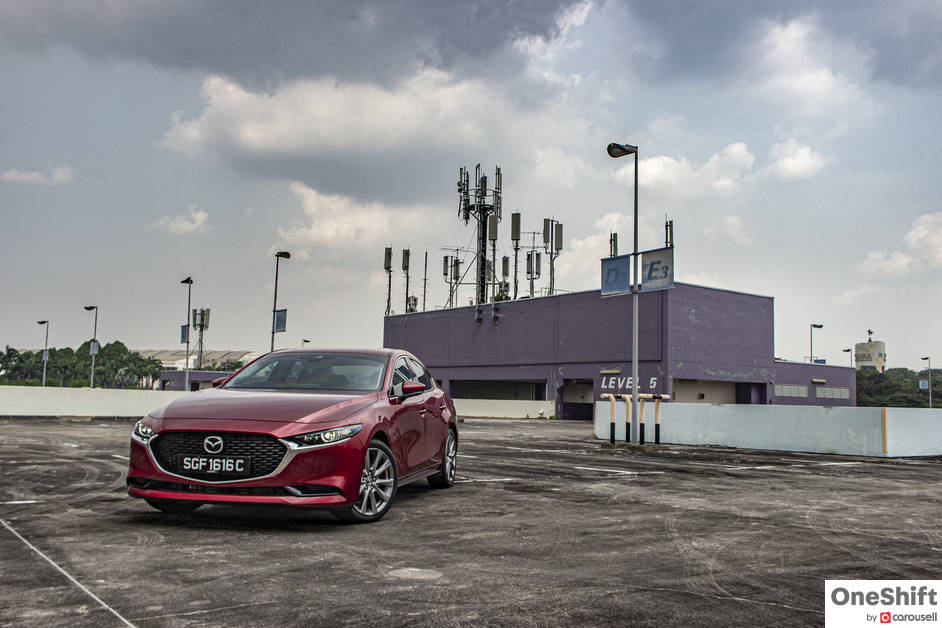
Other driver support systems like its Front Cross Traffic Alert (FCTA) which utilises side radars to detect on-coming traffic at junctions, and Smart Brake Support for the rear, when you are reversing the car; assists in getting your car out of a tight spot. Adding to driver confidence, the Astina is also fitted with a 360 camera.

At first glance, the top-range Astina sedan might be a tad expensive at $109,888*, but it does have a comprehensive list of equipment. The Elegance model at 100,888* might however be the value buy here, especially if you can do without that lovely BOSE system.
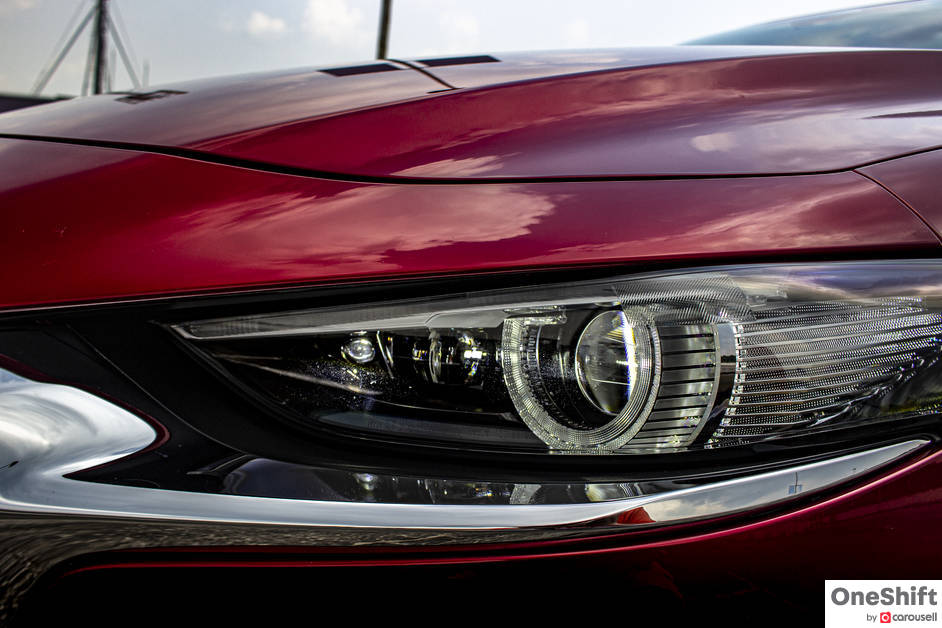
*Prices accurate as at 27 September 2019
#Mazda #Mazda3 #Sedan #Saloon #Hatch #SG #Singapore #Autos #Cars #Review #Roadtest #Testdrive#Hatchback #2019
Credits:








Get the Best Price for your used car
from 500+ dealers in 24 hours

- Convenient and Hassle-Free
- Consumer Protection
Transparent Process
With No Obligation








